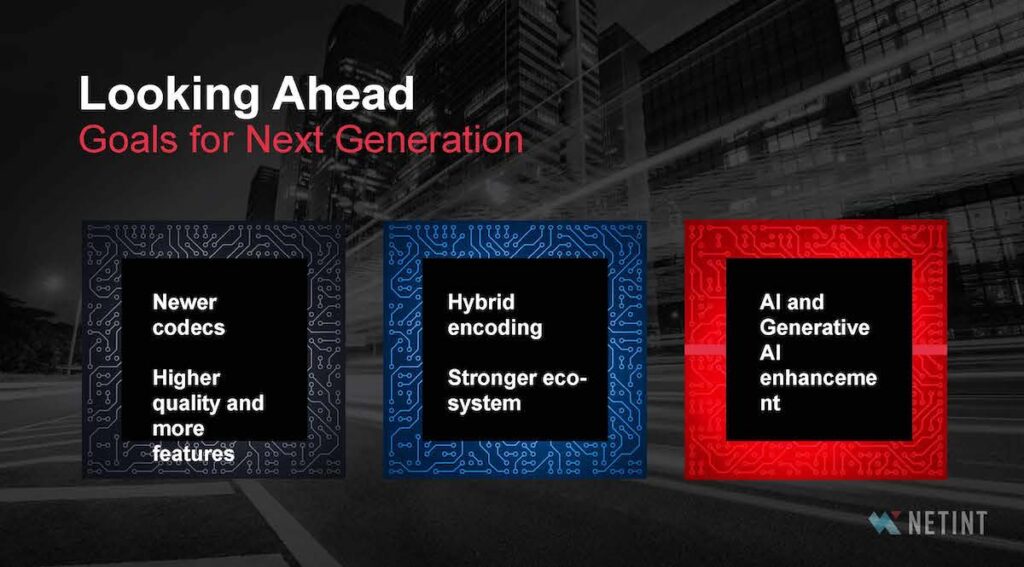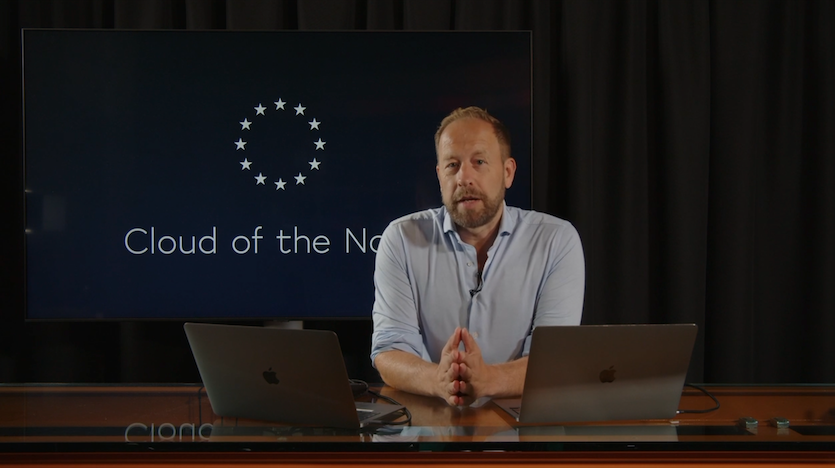A Technological Odyssey from ASICs to Software and Back to VPUs
Last updated: 19 February 2024
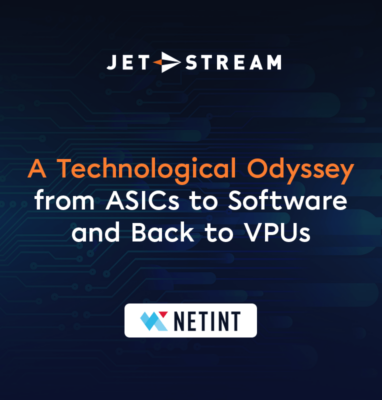
As the demand for high-quality video content continues to surge, companies are constantly seeking innovative solutions to optimize their operations. One such solution gaining popularity is the Application Specific Integrated Circuit (ASIC). In a recent Jet-Stream Streaming Innovations webinar session co-founder of NETINT, Alex Liu, provided valuable insight on the ASICs timeline, its impact and future prospects.
What is ASICs?
In the realm of video processing, ASIC stands for Application Specific Integrated Circuit. Essentially, it’s specialized hardware or chips designed for tasks like encoding, transcoding, and video processing. Unlike CPUs, GPUs, or FPGAs, ASICs offer unparalleled efficiency, compact size, and affordability. They boast superior performance while consuming minimal power, making them ideal for such initiatives as the greening of streaming.
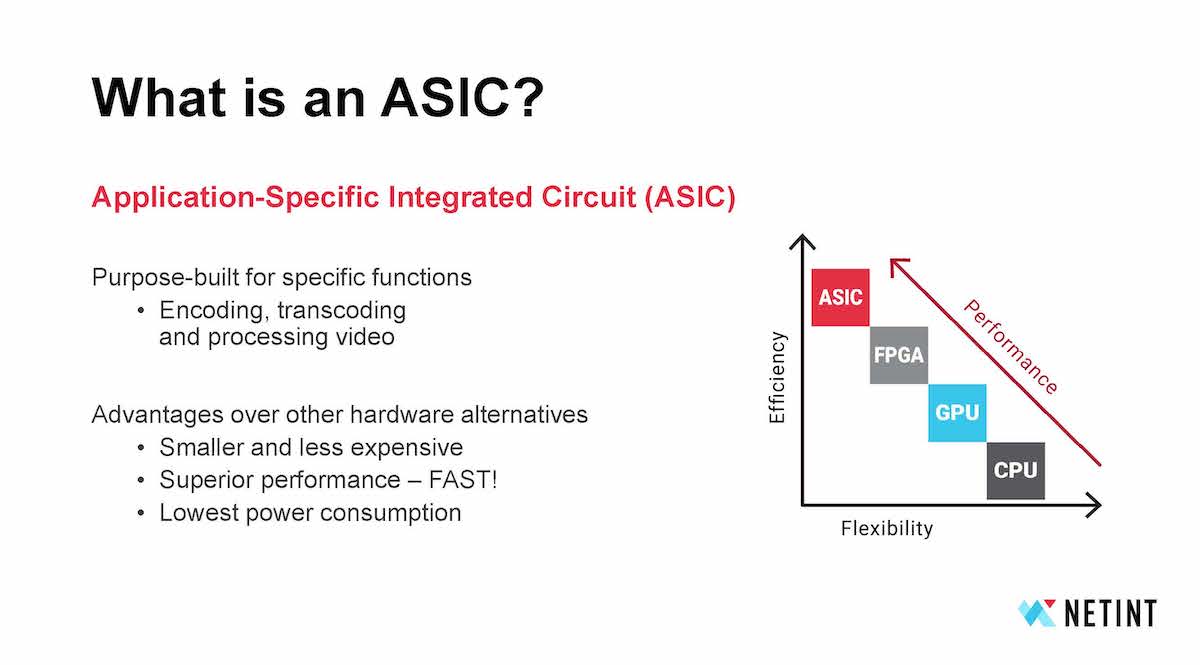
What’s the Transcoding Timeline?
Alex takes us on a journey through the evolution of transcoding technology, starting from the analog to digital TV transition in the early 2000s. Initially, ASICs provided the most practical solution for video processing. However, CPU-based transcoding gained traction with the rise of platforms like YouTube and Netflix. Fast forward to today, and we witness a surge in streaming services across various sectors, from media and entertainment to gaming and video surveillance.
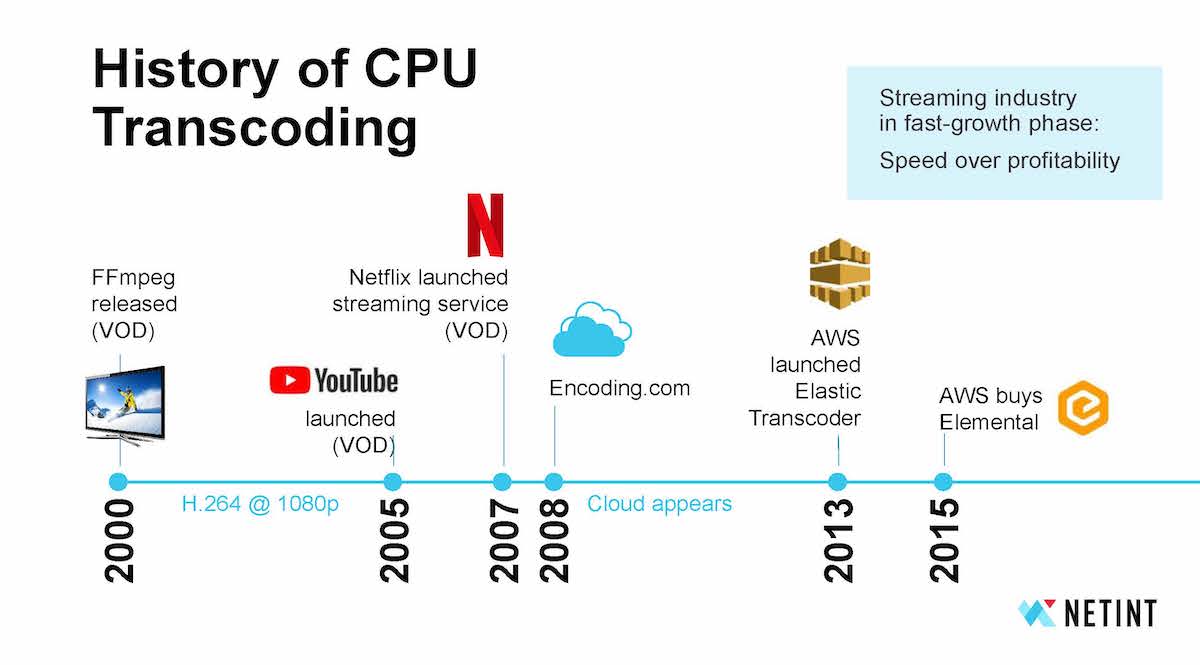
The Urgency for Innovation: Profitability and Sustainability
Throughout the years, transcoding technologies have evolved significantly. From the emergence of CPU-based transcoding to the introduction of HEVC and AV1 codecs, the streaming landscape has witnessed remarkable progress. However, with the industry maturing rapidly, concerns about profitability and power consumption have come to the forefront. This realization has spurred initiatives like Net Zero 2030, driving the quest for alternative technologies like ASICs to address these challenges.

NETINT’s Contribution: Pioneering ASIC-based Solutions
In 2018, NETINT made history with the launch of the world’s first VPU, the T408, capable of 4K60 transcoding with support for H.264/HEVC codecs. This groundbreaking innovation marked a paradigm shift in the streaming landscape, empowering hyperscalers and enterprises to achieve unprecedented levels of efficiency and performance. Continuing on its trajectory of innovation, NETINT introduced the Quadra generations, further enhancing performance, AI capabilities, and codec support.
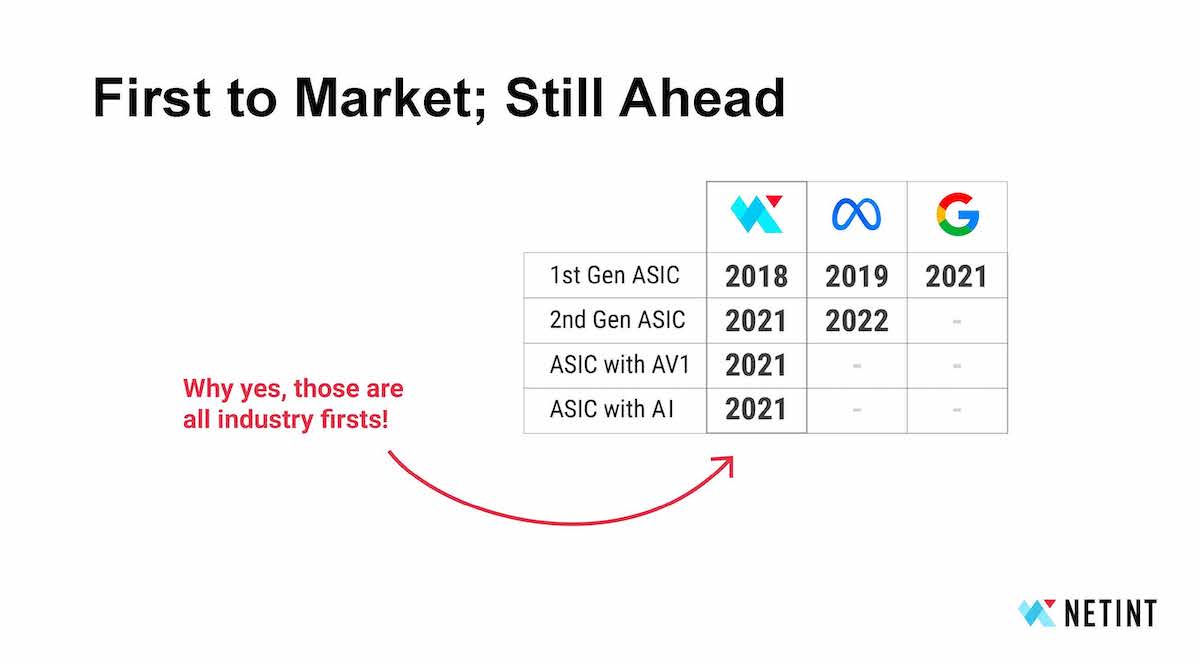
Jet-Stream & NETINT
Imagine a super smart team of both software and hardware working together to make sure your videos look amazing. With Jet-Stream MaelStrom solution, that dream becomes a reality. MaelStrom is a micro cloud in a box, designed with proven and reliable technologies, used by Cloud giants and OTT giants. Intelligent software and hardware hybrid transcoding with ASICS hardware accelerators guarantees high-quality encoding at just a few watts per channel and delivers 24/7 reliable streams that run for years without a hiccup.

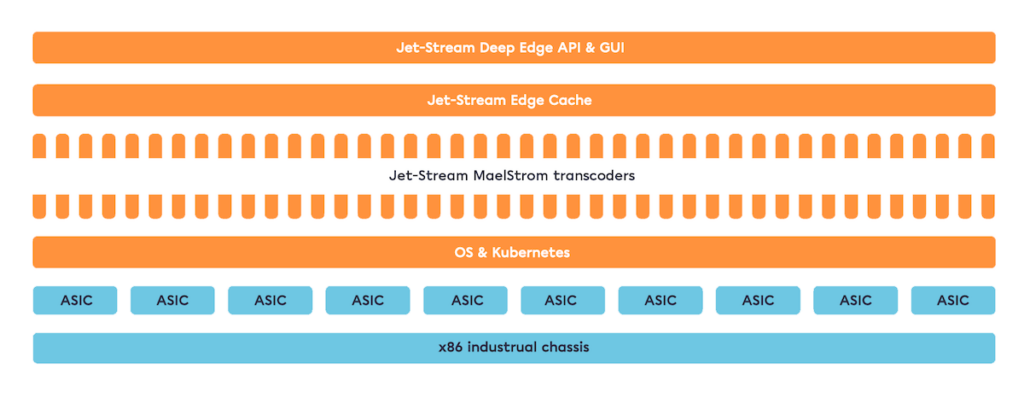
Learn more about MaelStrom from our brochure.
The Future of ASICs
Looking ahead, Alex envisions a future where ASICs continue to drive innovation in video processing. Neural codecs, hybrid encoding, and AI enhancements promise to revolutionize the industry, offering higher quality and advanced features.
